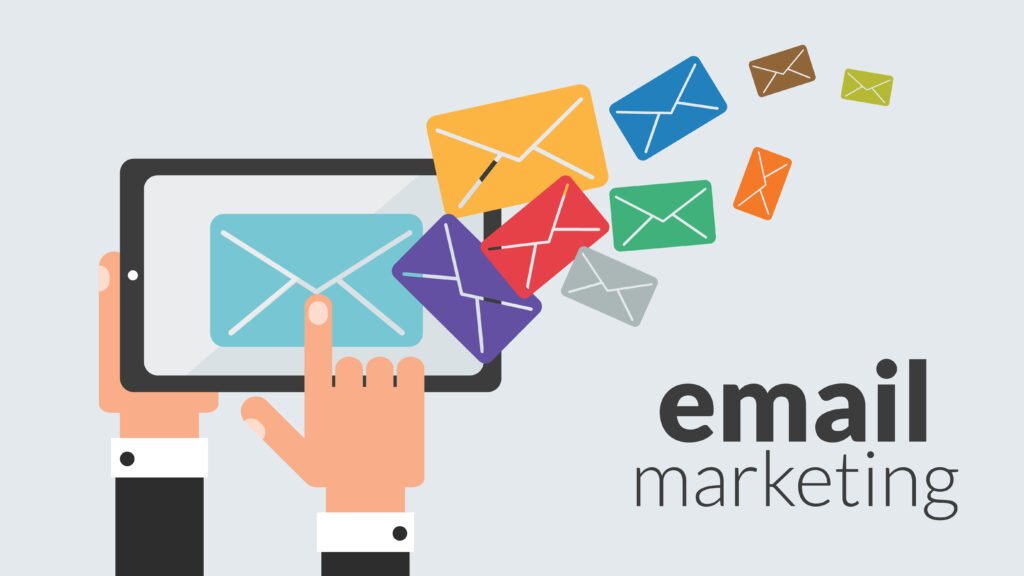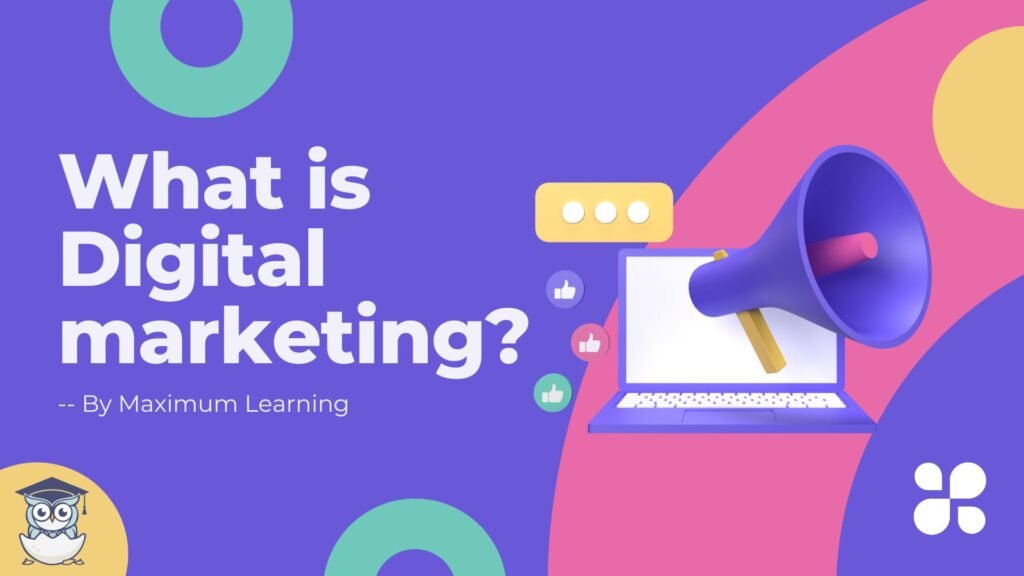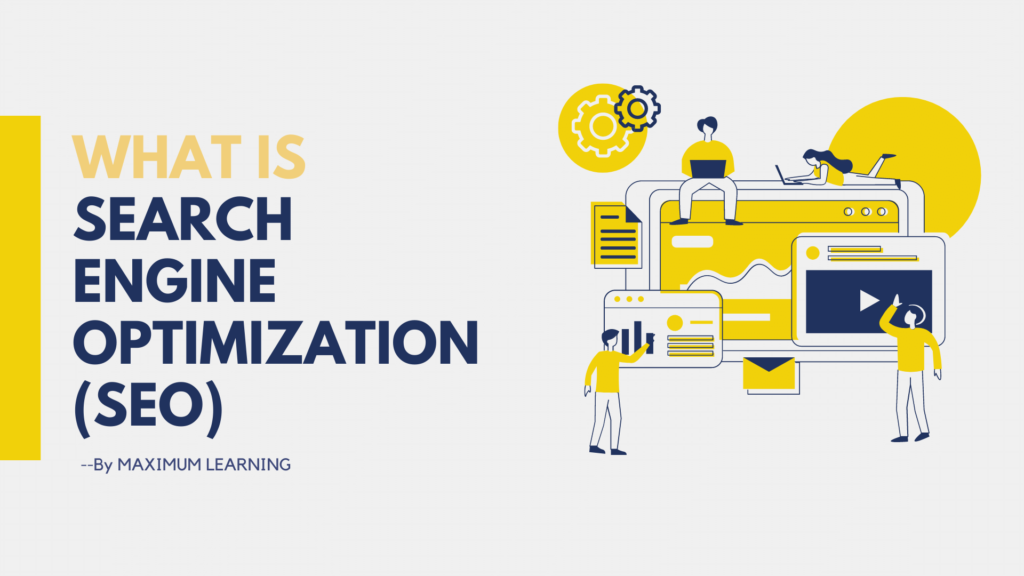In the world of digital marketing, where personalization is key, email segmentation stands out as a powerful strategy. If you’re looking to elevate your email marketing game and connect with your audience on a deeper level, understanding and implementing segmentation is crucial. In this blog, we’ll explore what email segmentation is, its benefits, practical ideas for segmentation, and how to get started with automation.
What is Email Segmentation?
Email segmentation is a strategic approach to divide your email subscribers into distinct, more focused groups based on specific criteria. Instead of adopting a one-size-fits-all approach, segmentation empowers you to customize your content, offers, and communication to cater to the unique preferences and characteristics of different segments within your audience. The objective is to enhance the relevance of your emails, creating a more personalized and resonant experience for each subscriber.
The Benefits of Email Segmentation
Increased Relevance: Segmentation enables you to send personalized content to specific groups, making your emails more relevant and engaging.
Higher Open Rates: Relevant content leads to higher open rates as subscribers are more likely to open emails that address their interests.
Improved Conversion Rates: Targeted messaging increases the likelihood of converting leads into customers by providing them with content that aligns with their needs.
Reduced Unsubscribes: By sending content that aligns with subscribers’ interests, you minimize the chances of them unsubscribing due to irrelevant emails.
How to Segment Your Email List
1. Demographics: Unveiling the Who
Components: Age, Gender, Location, and Other Demographic Information
Significance: Demographic segmentation provides insights into the fundamental characteristics of your subscribers. It’s about understanding who they are, where they’re located and any other pertinent details that define their identity.
Application: Tailor content, promotions, and messaging to align with the unique characteristics of each demographic group. For example, a promotional offer for young professionals may differ from that for retirees.
2. Behavioral Data: Decoding Actions and Interactions
Components: Interactions with Emails, Website Activity, and Previous Purchases
Significance: Behavioral segmentation delves into how subscribers engage with your brand. Analyzing their actions, such as opening emails, clicking links, or making purchases, unveils patterns that provide valuable insights into their preferences and intent.
Application: Craft targeted campaigns based on specific behaviors. For instance, send product recommendations to those who frequently browse certain categories on your website.
3. Preferences: Aligning with Tastes and Choices
Components: Content-Type, Product/Service Preferences, and Communication Preferences
Significance: Preferences segmentation focuses on understanding what your subscribers like and how they prefer to receive information. It’s about aligning your content and communication style with their tastes.
Application: Customize your content strategy to cater to the preferred content types of each segment. Some may prefer visual content, while others may lean towards detailed written articles.
4. Engagement Level: Gauging Activity and Interest
Components: Frequency of Opening Emails, Clicking on Links, and Overall Engagement
Significance: Engagement level segmentation categorizes subscribers based on their activity and interest in your communications. It reflects the degree to which they actively participate in your email campaigns.
Application: Design targeted re-engagement campaigns for subscribers who show declining activity. For highly engaged users, consider exclusive offers to maintain their interest.
5. Purchase History: Unraveling Buying Patterns
Components: Patterns of Buying Behavior and Product Categories
Significance: Analyzing purchase history provides insights into subscribers’ buying habits and preferences. It helps identify the types of products or services they are most interested in.
Application: Segment customers based on their purchase history to send personalized recommendations or exclusive offers related to their preferred product categories.
The Art of Synthesis: Creating Targeted Segments
The true power of email segmentation lies in synthesizing these factors. By combining demographic data with behavioral insights, preferences, engagement levels, and purchase history, you can craft highly targeted segments. These segments, when addressed with personalized content and offers, become the building blocks of effective email campaigns that resonate deeply with each unique group within your diverse audience.
The Power of Relevance and Personalization
The true strength of email segmentation lies in its ability to deliver messages that speak directly to the unique needs and interests of each segment. This personalized approach goes beyond mere customization; it reflects a deeper understanding of your subscribers as individuals.
Crafting a Personalized Journey
Think of email segmentation as the compass guiding your subscribers through a personalized journey. Whether you’re welcoming new subscribers with a tailored onboarding series, rewarding loyal customers with exclusive offers, or re-engaging with those who haven’t interacted recently, segmentation allows you to navigate and nurture relationships with precision.
13 Segmentation Ideas for Your Email Marketing Campaign
1. New Subscribers Welcome Series
Create a personalized onboarding experience for new subscribers. Send a series of emails introducing them to your brand, values, and key offerings. Include a welcome discount or exclusive content to encourage engagement from the start.
2. VIP Customers Exclusive Offers
Identify and reward your most loyal customers with exclusive offers, sneak peeks, or early access to new products. Recognizing and appreciating their loyalty strengthens your relationship and encourages continued engagement.
3. Geographical Location-based Promotions
Tailor promotions are based on the location of your subscribers. Consider factors like weather, local events, or holidays to make your campaigns more relevant. This approach can enhance the personal connection between your brand and your audience.
4. Product or Service Preferences
Segment subscribers based on their past interactions with specific products or services. Send targeted recommendations, related content, or special discounts related to their preferences, increasing the likelihood of conversions.
5. Abandoned Cart Reminders
Implement automated emails to remind users about items left in their shopping cart. Include persuasive content, such as limited-time discounts or free shipping, to encourage them to complete their purchase.
6. Content Preferences
Understand the type of content your subscribers prefer. Whether it’s blog posts, videos, or infographics, tailor your content to match their preferences. This keeps them engaged and interested in what your brand has to offer.
7. Subscription Frequency
Allow subscribers to choose how often they want to receive emails. Some may prefer weekly updates, while others may prefer monthly newsletters. Respect their preferences to avoid overwhelming or underwhelming them with your communication.
8. Event Attendees Special Updates
Segment subscribers who have attended your events or webinars. Send them special updates, exclusive content, or post-event offers to maintain the connection and keep them engaged with your brand.
9. Loyalty Program Updates
For subscribers enrolled in your loyalty program, provide regular updates on their points, exclusive rewards, or upcoming promotions. Encourage them to redeem their points or achieve higher loyalty tiers.
10. Re-Engagement Campaigns for Inactive Subscribers
Identify and segment subscribers who haven’t engaged with your emails recently. Send re-engagement campaigns with enticing offers, surveys to gather feedback, or reminders of the value your brand provides.
11. Birthday or Anniversary Offers
Celebrate your subscribers’ special occasions with personalized birthday or anniversary emails. Include exclusive discounts, freebies, or personalized messages to make them feel valued.
12. Feedback and Survey Requests
Segment your audience to gather feedback on their experiences with your brand. Use surveys to understand their preferences, challenges, and suggestions, helping you improve your products or services.
13. Seasonal or Holiday Promotions
Tailor your email campaigns to align with specific seasons or holidays. Whether it’s a summer sale, Halloween promotion, or festive discounts, adapting your content to match the season enhances relevance and engagement.
Implementing these segmentation ideas not only enhances the relevance of your email marketing but also fosters stronger connections with your audience. Remember, the key is to provide value and a personalized experience, turning one-time customers into loyal brand advocates.
How to Get Started with Email Segmentation
1. Audit Your Existing Data: Review and Understand Your Subscribers
Before diving into segmentation, thoroughly examine your existing subscriber data. Identify key data points such as demographics, purchase history, engagement levels, and any other relevant information. This analysis forms the foundation for creating meaningful segments.
Action Steps:
- Compile data on subscriber demographics, purchase behavior, and interaction history.
- Identify patterns or commonalities among subscriber groups.
- Consider using surveys to gather additional insights about preferences and interests.
2. Set Clear Objectives: Define Your Segmentation Goals
Establishing clear objectives is crucial for a successful segmentation strategy. What do you aim to achieve through segmentation? Whether it’s increasing engagement, improving conversion rates, or reducing unsubscribe rates, clearly define your goals to guide your segmentation efforts.
Action Steps:
- Discuss and align with your team on the primary goals of your email segmentation.
- Prioritize objectives based on your business’s current needs and marketing strategy.
- Keep objectives specific, measurable, achievable, relevant, and time-bound (SMART).
3. Choose a Segmentation Tool: Invest in Robust Email Marketing Platforms
Selecting the right email marketing platform with robust segmentation features is essential. Look for tools that enable you to easily categorize subscribers based on various criteria and provide automation capabilities to streamline your segmentation efforts.
Action Steps:
- Research and compare email marketing platforms that offer advanced segmentation features.
- Consider factors such as user-friendliness, integration capabilities, and customer support.
- Choose a platform that aligns with your business size, needs, and budget.
4. Craft Targeted Content: Personalize Messages for Each Segment
Once you’ve identified your segments, tailor your content to match the unique needs and interests of each group. Personalization is key to increasing engagement and building stronger connections with your audience.
Action Steps:
- Develop content that resonates with the specific preferences of each segment.
- Use language, imagery, and offers that align with the characteristics of each group.
- Ensure consistency in branding while adapting messages to suit diverse segments.
Automate Your Email Segmentation: Streamline and Optimize
Automating your email segmentation process not only saves time but also ensures that your communication remains timely and relevant. Leverage automation tools to set up triggers and workflows that categorize subscribers based on their behaviors and interactions.
Action Steps:
Identify key triggers for segmentation, such as specific actions or time-based events.
Utilize automation features in your email marketing platform to create workflows.
Regularly review and optimize your automation processes to adapt to evolving subscriber behaviors.
Email segmentation is a game-changer in the world of digital marketing. By understanding your audience and tailoring your messages to their specific needs, you not only increase the effectiveness of your campaigns but also build stronger relationships with your subscribers.




